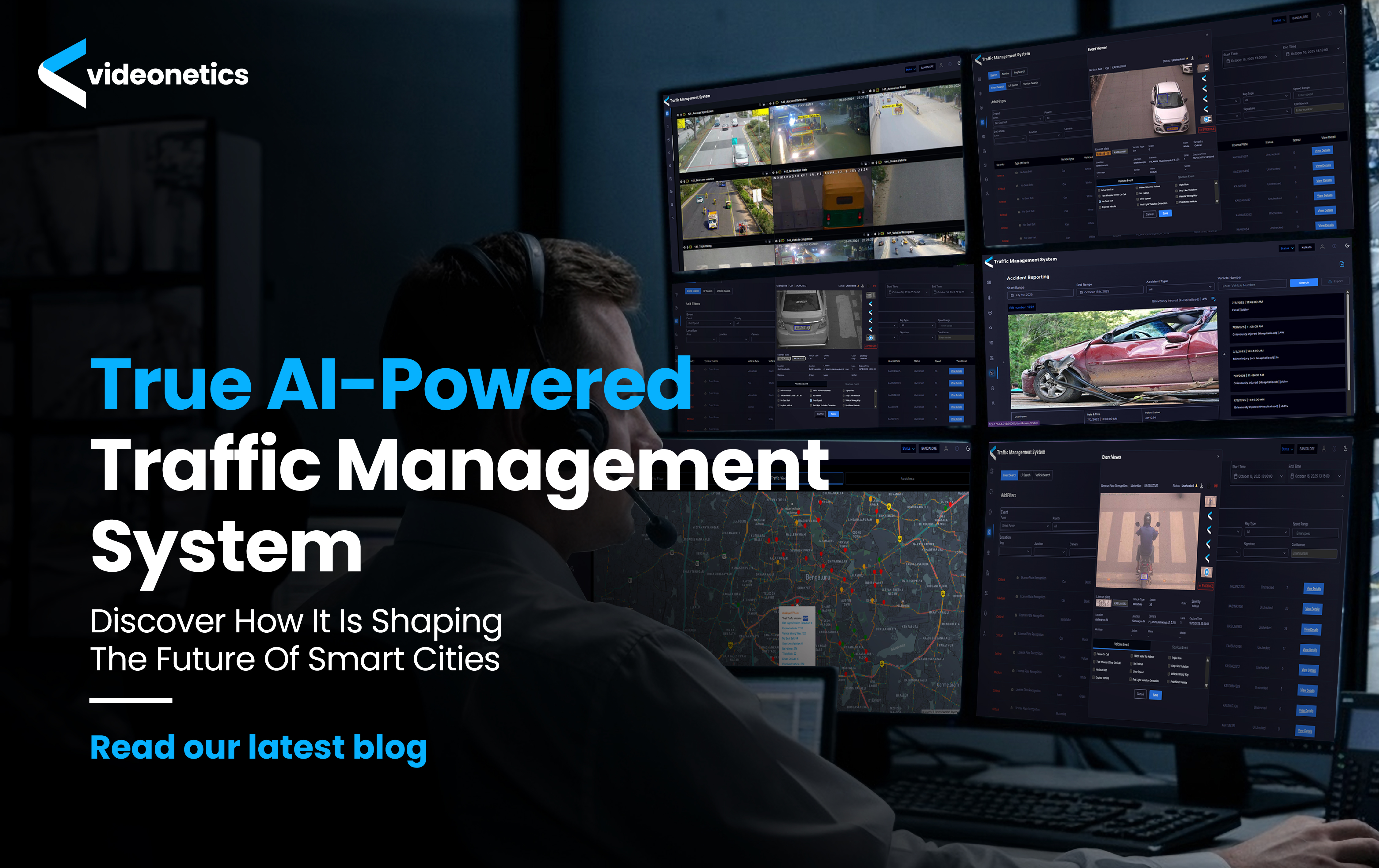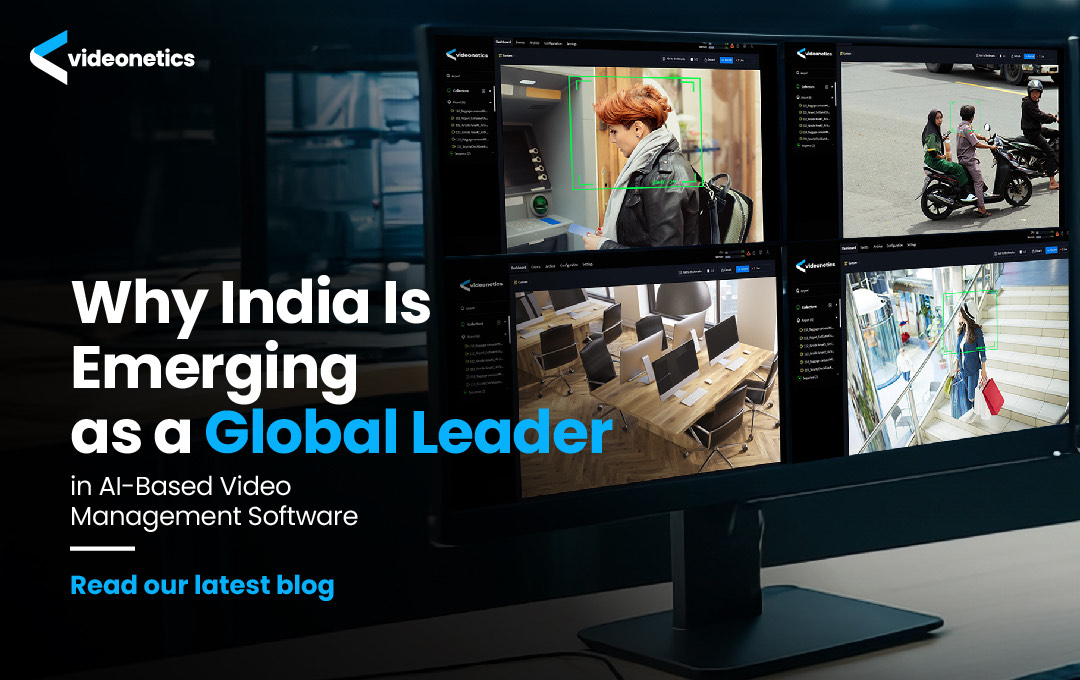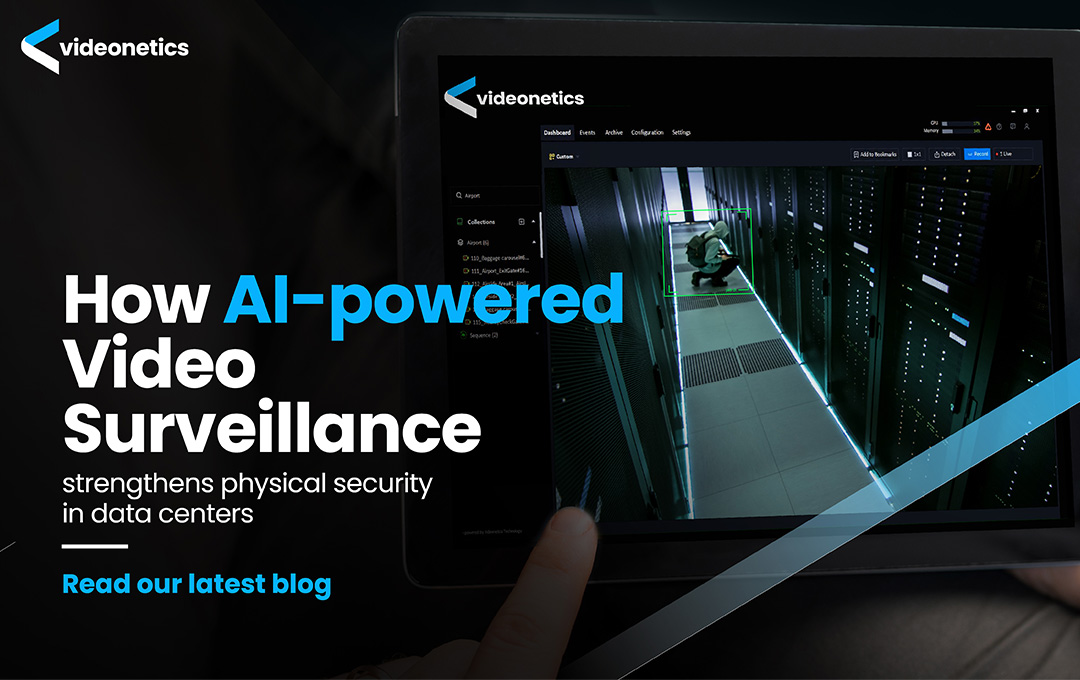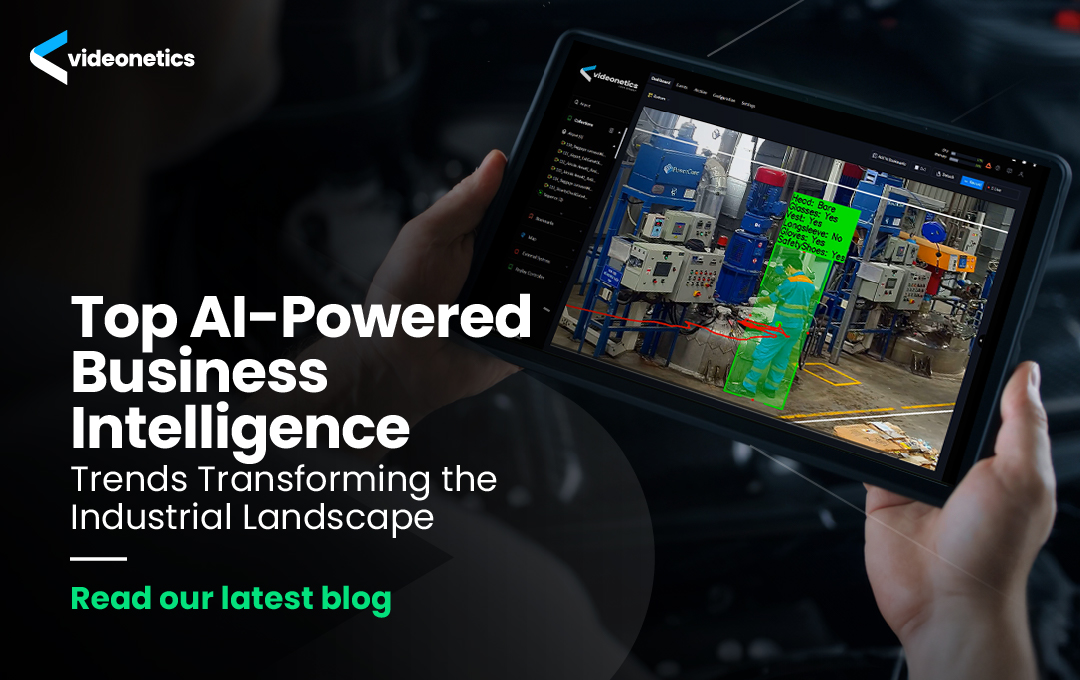True AI-Powered Traffic Management System: Discover How It Is Shaping the Future of Smart Cities
, Technology
Urban congestion has evolved from an operational challenge into an economic crisis that costs cities billions annually in lost productivity, environmental damage, and compromised public safety. As metropolitan populations expand and vehicular volumes intensify, traditional traffic control infrastructure proves increasingly inadequate. The solution lies in deploying a True AI-based traffic management system that fundamentally transforms how cities monitor, manage, and optimise their road infrastructures in real time.
The Smart City Challenges Demanding Immediate Action
Urban administrators confront a complex array of mobility challenges that conventional approaches cannot adequately address. Traditional incident reporting systems often lose precious minutes before action is taken. Moments that can mean the difference between life and loss. Manual call-based emergency services lack the real-time visibility necessary for rapid deployment of ambulances, rescue vehicles, and emergency response teams, resulting in preventable fatalities and extended incident clearance times.
Traffic violations including overspeeding, wrong-way driving, triple riding, and helmet non-compliance occur continuously across urban corridors and highway networks. Without automated detection and enforcement mechanisms, most violations proceed unpunished, perpetuating dangerous driving behaviors that threaten public safety. The absence of evidence-based enforcement undermines regulatory authority and erodes public trust in traffic governance.
At toll gates, manual toll collection often faces disruptions due to malfunctioning boom barriers, RFID scanner errors, tag mismatches, or network outages, leading to congestion and revenue loss. These issues not only delay commuters but also increase fuel wastage and carbon emissions, undermining smart city goals.
Unforeseen road hazards including pedestrians on highways, stray animals, debris, obstacles, and stalled vehicles pose constant safety threats that manual monitoring cannot adequately detect or address. The limited coverage of traditional surveillance infrastructure leaves dangerous gaps in visibility, particularly across extensive highway networks and rural corridors where incident response is already challenging.
Multiple systems operating in isolation, from traffic cameras and toll collection (when integrated to MLFF systems), to police dispatch and emergency services; prevent effective coordination across command centers. This fragmentation delays critical decision-making and reduces operational efficiency when rapid, coordinated response determines outcomes. Data silos also prevent the analytical insights necessary for data-based infrastructure planning and resource allocation.
Hence, in the absence of advance technology, tamper-proof evidence and transparent accountability systems, authorities struggle to ensure fair enforcement and efficient revenue assurance that funds continued infrastructure development.
Intelligent Solutions Through AI in Smart Cities
A smart traffic management system addresses these multifaceted challenges by leveraging Computer Vision, Deep Learning, IoT integration, and Cloud Technologies to create proactive, predictive traffic operations. Unlike legacy systems that react to problems after they occur, modern traffic management solutions for smart cities anticipate incidents, prevent violations, and optimise flow through continuous intelligent analysis.
The foundation of effective AI-based traffic management rests on six core capabilities that transform passive surveillance into active operational intelligence. Traffic congestion detection employs AI algorithms that continuously analyse video feeds to identify emerging congestion patterns before they escalate into gridlock. By processing vehicle density, flow rates, and speed variations across multiple lanes simultaneously, these systems detect bottlenecks in their formative stages and trigger dynamic countermeasures.
Vehicle classification through advanced computer vision enables precise identification of vehicle categories, from two-wheelers and passenger cars to heavy commercial vehicles and buses. This granular classification powers lane-specific enforcement strategies, differentiated toll structures, and traffic flow optimisation approaches tailored to actual vehicle composition rather than generalised assumptions.
Automatic Number Plate Recognition delivers high-accuracy license plate reading across diverse lighting conditions, weather scenarios, and vehicle speeds. This capability enables automated toll collection, stolen vehicle detection, violation enforcement, and integration with national vehicle databases to ensure seamless verification and penalty issuance without manual intervention.
Traffic violation detection operates continuously to identify and document infractions including overspeeding through both point-to-point and sectional speed enforcement, red light violations, wrong-way driving, helmet and seatbelt non-compliance, triple riding, lane violations, and illegal parking. Each detected violation generates tamper-proof video and photographic evidence complete with timestamps and geolocation data, ensuring legal defensibility and enforcement fairness.
Continuous vehicle tracking across multiple camera zones enables sophisticated route analysis, accurate travel time estimation, and identification of anomalous movement patterns that may indicate security concerns or operational inefficiencies. This persistent tracking capability supports both traffic optimisation objectives and security enforcement requirements.
Integrated e-ticket management automates the entire enforcement workflow from violation detection, auto-validation, through e-challan generation to digital payment processing. Violators receive automated notifications via SMS or mobile applications, can review evidence through online portals, and complete payments digitally. This automation reduces manual intervention, accelerates compliance, and improves collection efficiency.
Videonetics: Pioneering Comprehensive Traffic Intelligence
Videonetics has emerged as a global leader in AI-powered video computing, delivering end-to-end solutions that address the full spectrum of urban and highway mobility challenges. Built on indigenously developed technology, Videonetics holds the distinction of being India’s No. 1 ranked Video Management System and among the top five in Asia, with proven performance across diverse and demanding environments.
At the core of this ecosystem lies the Videonetics Advanced Traffic Management System (ATMS), a unified platform that seamlessly integrates with third-party systems such as Vehicle Actuated Speed Display (VASD) and Multi-Lane Free Flow (MLFF) Tolling, while harnessing Videonetics’ own AI-enabled Video Analytics for video incident detection & enforcement and Video Management System (VMS). This powerful interoperability ensures unified data exchange, coordinated operations, and real-time intelligence enabling traffic, highway, toll, police, and road authorities to make faster, data-driven decisions that enhance safety, efficiency, and public trust.
By reducing incident response time, enhancing enforcement transparency, and strengthening real-time coordination, Videonetics ATMS directly contributes to saving lives, improving compliance, and optimising resource use. AI-powered dashboards provide complete situational awareness, enabling command centres to manage emergencies with precision and maximise the impact of every response. Know More about advance traffic management solutions: https://www.videonetics.com/traffic-management-system





Post a comment
Your email address will not be published.